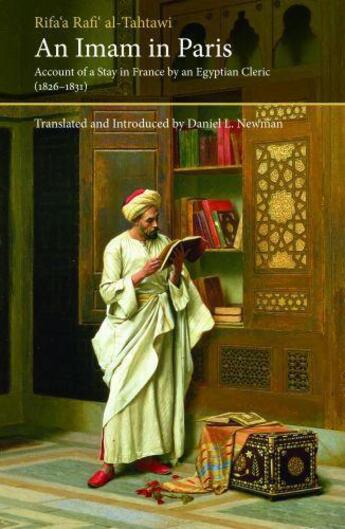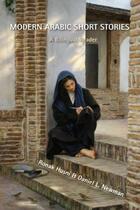-
Nombre de pages : (-)
-
Collection :
(-)
-
Genre :
(-)
-
Thème :
Non attribué
-
Prix littéraire(s) :
(-)
Résumé:
In the 1820s, Rifa'a Rafi' al-Tahtawi, a young Muslim cleric, was a leading member of the first Egyptian educational mission to Paris, where he remained for five years, documenting his observations of European culture. His account, Takhlis al-Ibriz fi Talkhis Bariz, is one of the earliest and... Voir plus
In the 1820s, Rifa'a Rafi' al-Tahtawi, a young Muslim cleric, was a leading member of the first Egyptian educational mission to Paris, where he remained for five years, documenting his observations of European culture. His account, Takhlis al-Ibriz fi Talkhis Bariz, is one of the earliest and most influential records of the Muslim encounter with Enlightenment-era European thought, introducing ideas of modernity to his native land. In addition to its historical and literary value, al-Tahtawi';s work offers invaluable insight into early conceptions of Europe and the 'Other';. Its observations are as vibrant and palpable today as they were over 150 years ago; informative and often acute, to humorous effect. An irrefutable classic, this new edition of the first English translation is of seminal value. It is introduced and carefully annotated by a scholar fluent in the life, times and milieu of its narrator.
'An Imam in Paris lets us share the responses of a highly intelligent scholar ... Daniel L. Newman is to be congratulated on making the first translation into English of this remarkable book, and on supporting the text with a first-class introduction and with footnotes that are as full as one could wish.'; Times Literary Supplement 'A touchstone for thinking about the tangled relations between Islam and modernity'; Jewish Quarterly '[A] fine translation ... extensively and meticulously notated'; The International History Review
Donner votre avis









